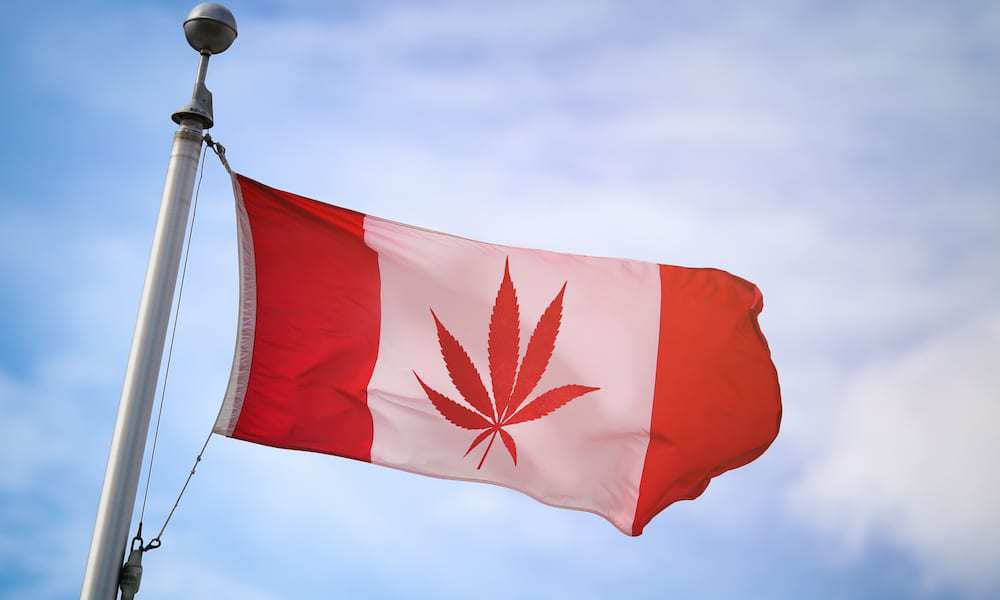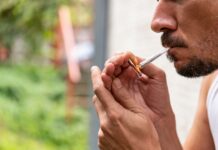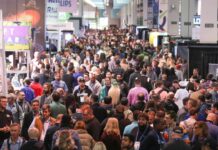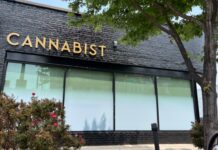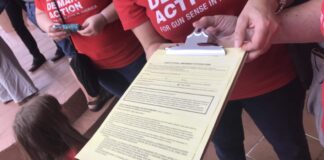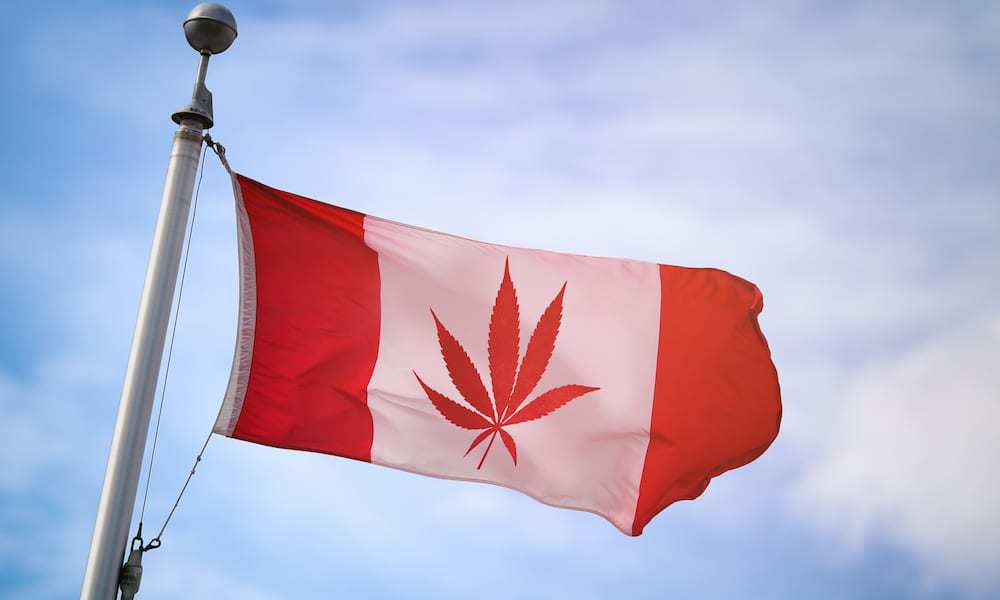
The world’s biggest buyer of wine is the government of Ontario, and with the legalization of cannabis just one week away, they may become the largest wholesale buyer of the herb as well. Especially since recreational consumption is expected to be over twice the amount of GW Pharmaceuticals’ current global export for medical cannabis.
Licensed producers across Canada are scrambling to keep up with the predicted demand for cannabis from not only Ontario, but nine other provinces with varying unpredictable degrees of demand. In Ontario, you’ll only be able to purchase cannabis from a government-run website, while other provinces will enjoy traditional storefront dispensaries. That means that your only legal plug in Canada’s most populated province is the brother of Toronto’s former mayor Rob Ford (RIP) who is best known outside the country for a 2013 viral video in which he can be seen smoking crack. Doug Ford, on the other hand, now the premier of Ontario, is a former mid-level hash dealer.
While the Ford family is well-known internationally for their escapades with drugs and alcohol, they’re now the only legal source from which you can score pot and booze if you live in Ontario. All liquor and cannabis is controlled by the Liquor Control Board of Ontario, along with its subsidiary the Ontario Cannabis Store. While buying weed from the government may seem odd and vaguely sketchy, the situation was actually much worse before Doug Ford came into power. The former Liberal government banned private storefronts entirely and ruled that you could only consume cannabis in your home. This is practically impossible if you live in an apartment or condo. It was even worse if you were homeless. Under Doug Ford’s Conservatives, cannabis can be smoked anywhere where cigarettes can be smoked, which means on October 17th cannabis lovers will be allowed to blaze it on every corner. And while there will be no storefronts for the first six months, there will be no cap on the amount of private retail in Ontario, which could eventually lead to thousands of stores.
Other provinces like British Columbia have taken a similar approach, encouraging existing, albeit illicit, dispensaries to transition into legalization. This is huge news, as other western provinces like Alberta, Manitoba, and Saskatchewan have discriminated against existing retailers. East of Ontario is a different story, with government stores being the norm. The exception is Newfoundland and Labrador, which allows private retail but doesn’t permit stores to make over an eight percent margin off of retail sales.
While many provinces are limiting the amount of storefronts, actually supplying these stores with legal cannabis is another issue altogether. Most provinces (with the exception of Saskatchewan and soon Manitoba) have taken a role as the sole distributor of cannabis. Licensed producers have to pay an excise tax, with different stamps for different provinces to prevent diversion. Many provinces have also created new cannabis taxes in addition to the existing taxes, which have made prices soar.
The point of having the provinces buy cannabis in bulk is to get the best price for consumers. But the wholesale prices in British Columbia are expensive for even the most high-end dispensary, ranging from $4-11 per gram. It’s rumored that the provinces could run out of legal pot within the first three months of legalization, and as such, licensed producers are all bargaining between each other as they collectively run out before the show even starts. Worst of all, existing medical patients are already experiencing shortages of their prefered products as the market gears up for recreational legalization.
While there’s currently a deficit of product, micro licenses will be coming online within a year, opening the door to craft cannabis. There are also rumors of cannabis oil imports from countries like Colombia and Jamaica to fill the gap for medical patients.


